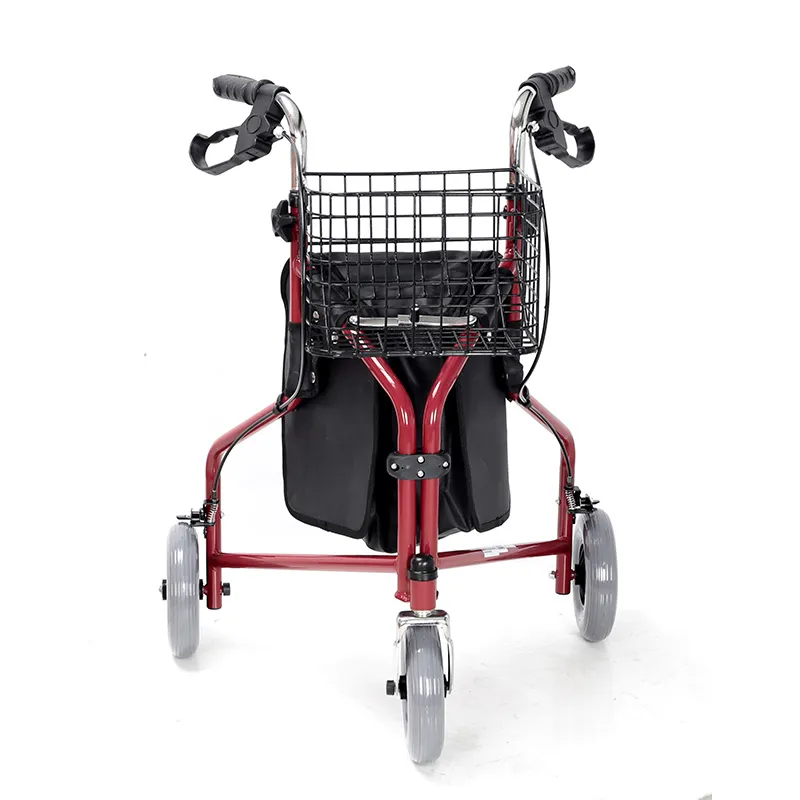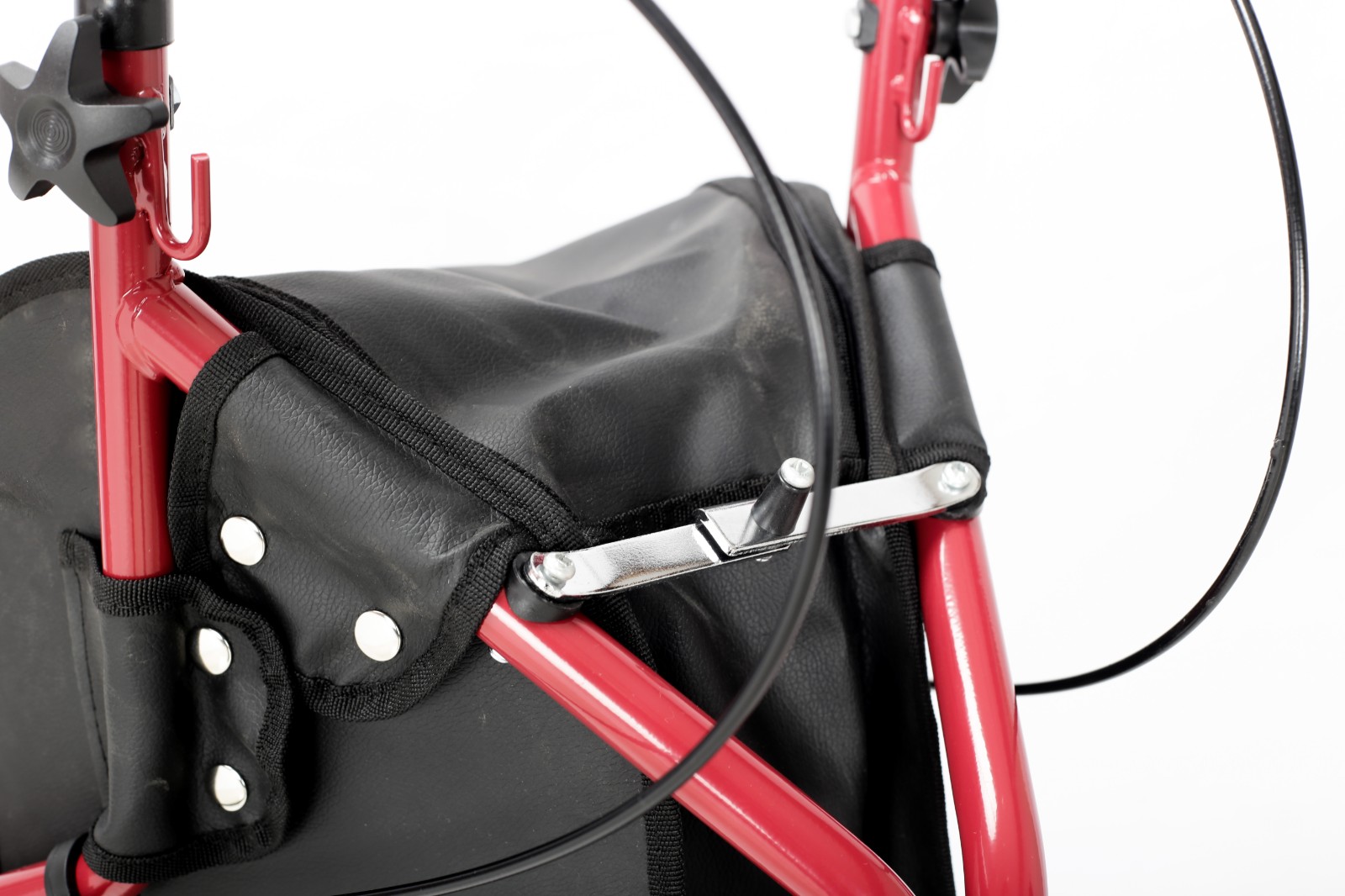
Is it safe to use a rollator walker as a wheelchair?
2024-05-20 15:30
Rollator walkers and wheelchairs are two common walking aids, and many people may confuse their uses. Rollator walkers are often used to increase walking stability and provide temporary rest, but they are not suitable for long-term sitting or to replace a wheelchair.
This article will conduct an in-depth discussion around the question "Is it safe to use a rollator walker as a wheelchair?" to help readers fully understand the use and selection of rolling walkers.
Is it safe to use a rollator walker as a wheelchair?
The safety of using a rollator walker as a wheelchair depends on correct use. Rollator walkers and wheelchairs are designed with different intentions, so they have obvious differences in structure and function. The rollator walker is mainly used to provide walking support and is equipped with seats for short breaks. In comparison, wheelchairs are tools specifically designed for long-term sitting and mobility, providing greater stability and safety.
Although the seat on the rollator walker can bear the weight of a person when stationary, it is not suitable for long-term use. Attempting to use a rollator walker as a wheelchair may result in instability, especially while walking, because the structure of the rollator walker is not designed to withstand the weight of prolonged sitting. In addition, rollator walkers usually do not have the same braking system as wheelchairs, so there may be safety hazards on slopes or other slopes.
When considering the uses of a rollator walker and a wheelchair, users should be clear that a rollator walker is primarily used to increase walking stability and provide short breaks, while a wheelchair is suitable for long-term sitting and full mobility. This difference is critical for user safety and comfort.

How to choose the right rollator walker correctly?
Choosing the right rolling walker needs to be based on the user's needs, activity level, and physical condition. Here are some considerations and suggestions for choosing a rollator walker:
User weight and height: Select the rollator walker based on the user's weight and height. Different models of rollator walkers have different weight capacities and seat heights, so it's important to make sure you choose the right rollator walker for you.
Rolling walker wheels: Choose wheels suitable for the use scenario. Larger wheels are suitable for outdoor activities and can better adapt to uneven terrain. Smaller wheels are suitable for indoor use.
Folding and carrying: If you need to carry your rollator walker frequently, choosing a model that can be folded will make transportation and storage more convenient.
Features and Accessories: Choose features and accessories based on your needs. Features such as seats, storage baskets and braking systems can increase the practicality and safety of a rolling walker.
Comfort and Stability: Make sure the rollator walker you choose is comfortable and stable when in use. Trying out different rollator walker models can help determine which one is best for you.
By comprehensively considering these factors, users can choose the rollator walker that best suits them to improve their quality of life and walking safety.

How to use rollator walker correctly?
Proper use of the rollator walker is essential to ensure the safety and comfort of the user. Here are some suggestions for proper use of rolling walkers:
Adjust rollator walker height: Make sure the height of the rollator walker is suitable for the user's height. Adjust the height of the handle so that it is flush with the user's wrist to ensure optimal use.
Use the brakes: When you need to stop, make sure to use the rollator walker's braking system. Whether it is a handbrake or a footbrake, make sure the rollator walker is locked when stationary.
Avoid over-reliance on the seat: Although the rolling walker is equipped with a seat for short breaks, you should not over-rely on the seat as the main sitting position. Sitting on the rollator walker for long periods of time may cause instability.
Proper walking posture: When walking with a rolling walker, maintain a proper posture and avoid leaning forward or leaning back excessively. This avoids the risk of falling or the rollator walker tipping over.
Avoid using a rollator walker instead of a wheelchair: A rollator walker is not designed to be used for long periods of sitting or being pushed, so it should not be used as a wheelchair.
Summarize
A rollator walker is useful in providing walking support and taking short breaks, but is not suitable for use as a wheelchair. Correctly selecting the right rolling walker and using it correctly as recommended can ensure user safety and comfort. By understanding the uses and precautions of the rollator walker, users can make full use of this auxiliary tool and improve their quality of life.








